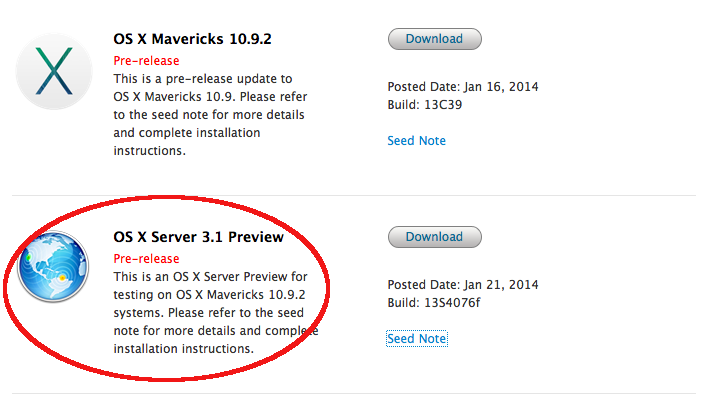

Network interfaces-Be sure to consider the speed of the network interface when making a server hardware decision.OS X Server is fully supported by the Time Machine backup built in to OS X. In short, you really need to back up your management server.

The devices will retain existing management settings but will accept new management only when enrolled into a new MDM service. Thus, if the data store for Profile Manager is lost, you will lose the ability to manage your Apple devices. Backup-You cannot re-create a lost MDM database because of the security architecture of the MDM service.An external disk is especially useful for the Caching service since it can potentially fill an entire disk, and the more items that are cached, the more effective the service. If the services you plan to offer are disk intensive-for example, the Wiki service with a high volume of user content-consider using a faster physical disk or even an external disk system. Storage-Be sure you have enough disk space to hold the data for the services you plan to offer.Obviously, if you observe extremely high memory usage, upgrading the Mac computer’s system memory is a good idea.

You can, however, get a good idea of system memory usage for an existing server from the Memory Usage and Memory Pressure statistics found in the Stats pane of the Server app. Memory-In general, more system memory results in better system performance, but exactly how much memory is ideal for your situation is impossible for this guide to prescribe. In practice, however, consider the size of your Apple deployment and select hardware appropriate for your production needs: Server Hardware Considerationsįor the purposes of the exercises in this guide or any other deployment testing, you can run OS X Server on just about any contemporary Mac. Some features of OS X Server require an Apple ID, and some features require a compatible Internet service provider.
#OS X SERVER PRO#
#OS X SERVER INSTALL#
You can install the OS X Server application on any Mac computer running OS X Yosemite, with at least 2 GB of RAM and 10 GB of available disk space.


 0 kommentar(er)
0 kommentar(er)
